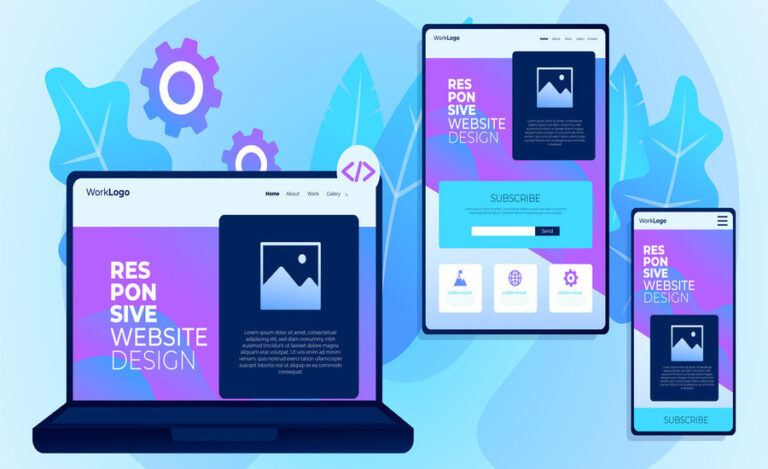Transforming Customization: The Power and Potential of Product Configurator
In today’s marketplace, where personal expression and individuality reign supreme, customization has shifted from a luxury to a necessity. Consumers are increasingly turning away from generic, one-size-fits-all products in favor of items that reflect their unique preferences and requirements. Whether it’s a pair of sneakers designed to their exact specifications or furniture crafted to fit perfectly within their homes, the demand for tailored products is at an all-time high. At the forefront of this trend is the product configurator—a transformative tool reshaping the way we interact with and purchase products.
Product configurator is an advanced software application that empowers users to customize products to their precise specifications. This tool allows customers to modify various aspects of a product, such as its color, size, features, and materials, in real-time. Users can even combine different components to create entirely new products.
Product configurators are available through web interfaces or can be integrated into a company’s internal systems, providing a seamless experience across different platforms. The primary function of a product configurator is to turn a standard product into a unique creation that aligns with the customer’s specific desires, while also streamlining the ordering process.
How Do Product Configurators Function?
Product configurators operate using a rules-based system to guide users through the customization process. These rules ensure that the options presented are compatible with previous selections, preventing mismatches and ensuring the final product meets all necessary specifications.
The underlying technology of product configurators involves a blend of algorithms and databases. These systems store extensive information about product options, pricing, and compatibility. By leveraging this data, configurators offer a broad range of customization possibilities while maintaining efficiency and quality.
When developing a 3D product configurator, businesses have several methods to choose from, each offering distinct advantages and challenges. The choice of method depends on factors such as budget, technical capabilities, and desired features.
The Benefits of Product Configurators
Product configurators provide numerous benefits over traditional customization methods, including:
- Enhanced Personalization: Configurators enable businesses to offer highly personalized products, allowing customers to choose from a range of options to create something truly unique. This approach not only shortens production times but also delivers a distinctive experience for each customer.
- Cost Savings: By automating various processes and reducing the need for manual tasks, product configurators help lower operational costs and minimize errors. They also support tailored pricing models, which can boost competitiveness while maintaining high standards of quality and service.
- Precision and Accuracy: Configurators use customized rules to ensure that configurations meet all required specifications, including dimensions, materials, and stock availability. This accuracy helps prevent costly mistakes and ensures that the final products adhere to manufacturer standards.
- Realistic Visualizations: Modern configurators often employ advanced 3D technologies to create realistic visual representations of customized products. These high-quality visuals allow customers to see their choices more clearly before making a purchase, leading to a more satisfying shopping experience and reducing the likelihood of returns.
- Integration with eCommerce Platforms: Product configurators can integrate seamlessly with popular eCommerce platforms such as WooCommerce, Shopify, and Magento. This integration enhances the online shopping experience by synchronizing product catalogs, pricing, inventory, and orders in real-time.
- ERP and Production System Integration: Configurators can also sync with ERP systems, aligning product catalogs, pricing, inventory, and supply chain data. This integration streamlines the entire process from quotation to order fulfillment, improving material forecasting and ensuring timely delivery.
Industries That Benefit from Product Configurators
Product configurators are proving to be indispensable across various industries due to their ability to streamline design and production processes. Key sectors that benefit from these tools include:
- Furniture Design and Retail: Configurators allow customers to design and customize furniture to fit their specific needs and preferences, enhancing the shopping experience and reducing production lead times.
- Industrial Machinery and Equipment: In this sector, configurators help customers select and customize machinery and equipment according to their operational requirements, leading to more precise and efficient solutions.
- Construction and Building: Configurators enable clients to tailor building materials and components to meet specific project needs, improving accuracy and reducing waste.
- Fashion: For the fashion industry, configurators offer customers the ability to design personalized clothing and accessories, catering to individual style and fit.
- Consumer Electronics: Configurators allow customers to customize electronic devices, such as smartphones and laptops, according to their preferences and technical requirements.
- Healthcare and Medical Devices: In healthcare, configurators help in customizing medical devices and equipment to meet patient-specific needs, ensuring better outcomes and more effective solutions.
Choosing the Right Product Configurator Software
Selecting the appropriate product configurator software is a critical decision for any business. It’s important to evaluate factors such as the nature of the products, specific customization needs, and the software’s scalability to support future growth. Integrating a 3D configuration tool can further enhance functionality and improve customer satisfaction.
Investing in a high-quality product configurator is crucial for businesses aiming to excel in the digital age. These tools not only enhance sales and operational efficiency but also provide a significant competitive advantage.
Emerging Trends in Product Configurator Technology
The technology behind product configurators is continuously advancing. Key trends shaping the future of these tools include:
- AI and Machine Learning: These technologies are increasingly being used to automate and optimize workflows, boosting efficiency and maintaining high product quality.
- Cloud-Based Solutions: Cloud computing enables real-time data access from any location, facilitating faster decision-making and updates without disrupting operations.
- Mobile Optimization: As mobile device usage grows, product configurators are becoming more mobile-friendly, allowing customers to customize products directly from their smartphones.
By keeping pace with these trends, businesses can fully leverage the potential of product configurators to stay competitive and meet the ever-evolving demands of today’s consumers.






